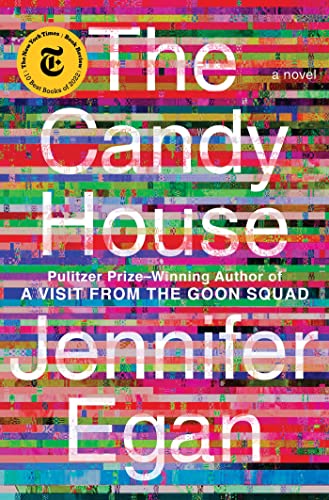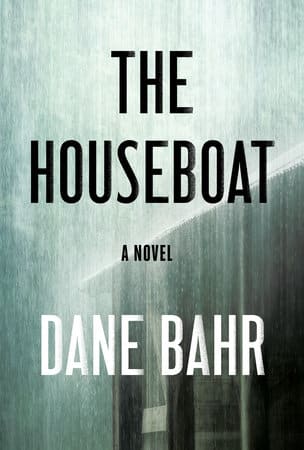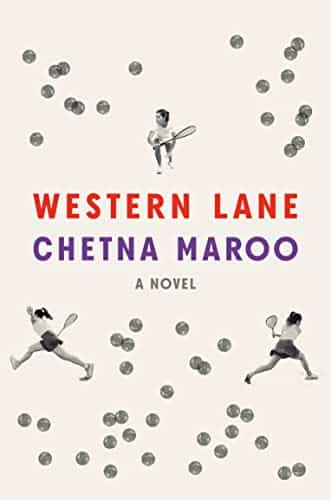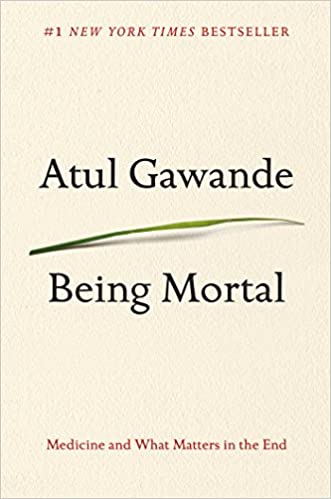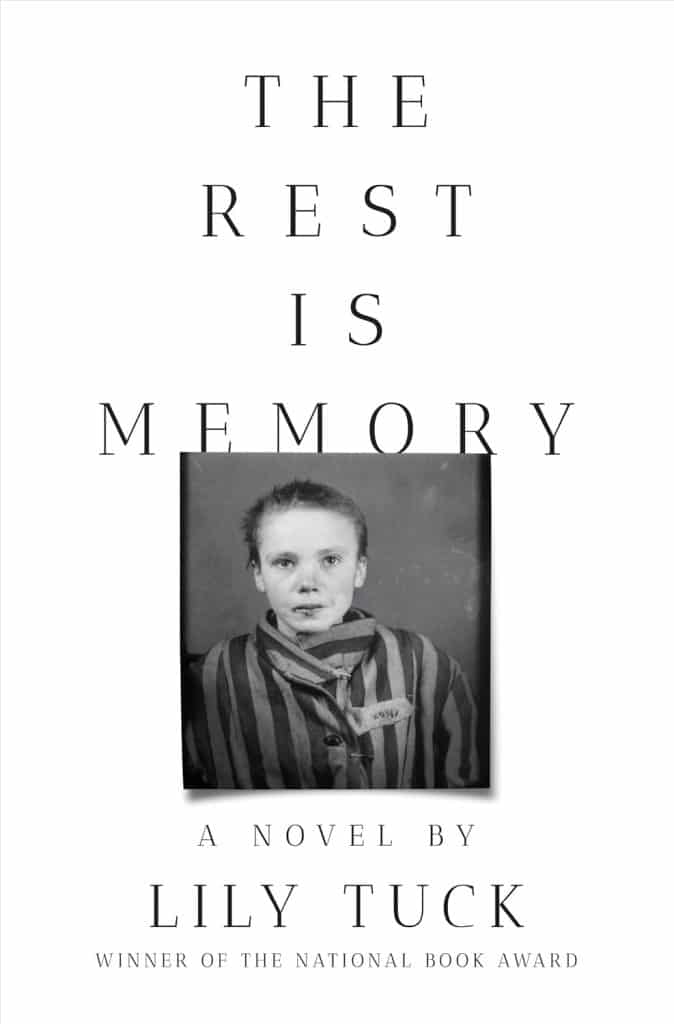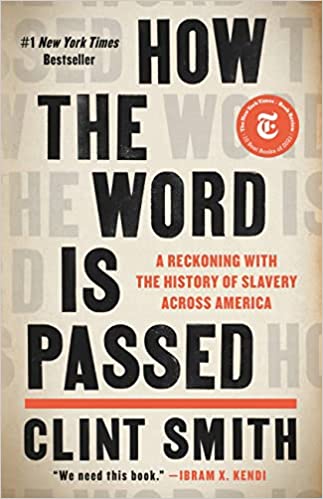Shadows from the Past
Estimated reading time: 15 minutes, 33 seconds
Eating Too Fast
“The food is delicious here,” said Jan. “Have you decided what you would like to eat?” I shook my head no and kept looking at the menu. Before the stop at the hospital, I had been starving, but now food was something I neither wanted nor needed.
“How about if we share two dishes,” Jan asked me.
“Perfect!”
While we waited on the food, we chatted, but I could not focus on the sords because of the elephant in the room.Why am I with Jan if she loves someone else?
After finishing the meal, I finally decided to broach the issue.
“The two of you seem like very close friends.”
“Yes, we have only known each other a few months. My friend is fun at parties. He is always laughing, dancing, and making everyone happy.
My stomach fell thru the floor, and I felt as if I would faint.
“Let’s skip dessert and get outside so you can get some fresh air,” Jan announced.
We walked toward the subway. Jan kept talking, but I mostly nodded my head.
“I should go back to the Burg tonight. I have an early meeting Monday morning,” I said.
“Oh no. I was hoping to wake up next to you in the morning and have you walk me to work.”
As tempting as that was, I knew then that I needed space to think and find a way out of this problem.
“No, I need to go,” I said. “I will call you when I get home.”
Fight or Flight
I felt like ping pong balls in a wind tunnel as the Lazy L train took me home. Tossed, turned, and bounced off the walls as the train raced to its destination. Jan is the one for me, but she loves someone else. Unlocking the door to my dismal unheated apartment was a struggle. As soon as I was inside, my body collapsed to the floor. How could this be happening again? I cried out to no one. Alone, I let the tears roll down my cheeks like the storm of the century.
The phone rang. I pulled the flashlight out of my pocket and lifted myself to find the phone.
“Richard, I miss you, but I am happy you got home OK,” said Jan.
Any other time when she called, I was so happy we would talk until sunrise.
“I am here. Tired and woozy. I hope to get to sleep soon.”
“OK. Sleep well. Hopefully, you will feel better tomorrow, and we can get together.”
I nodded and immediately realized that she could not see me.
“Yes, let’s talk tomorrow.”
My mind was busy debating my options. Should I fight or flee?
All of my life, I had been the nice guy. Too many times, I had heard women say about me, “He is not like other guys. He will not hit on you!”
I would meet someone, and we would talk and laugh. It seemed perfect, but my female friends with whom I wanted a romantic relationship would invariably be dating someone. If not, it would only be a few days before they would be involved with someone.
Or worse, we would make plans and be told they had a date with someone else when I arrived. Sometimes, they were not treated well and would come to me to whine about men.
Most of the time, I would be there to help them. But any hope of romance vanished into thin air.
Only once had I chosen to fight. Inexperienced, I lost the battle. Years later, the deep scars bleed with each heartbeat. When I met Jan, I finally began healing, hoping, and dreaming of everlasting love.
Jan is different. Or at least she had been before today. I loved her the moment I met her, even after she poured wine on my head. I believed the wine was a sacrament of marriage even if the State of NY or clergy did not sanction it.
I love her, and she is the one for me.
Should I fight? Or flee?
My tears poured so freely that my shirt was soaking wet.
After almost 48 years, I recently lost my wife, Jan Lilien. Like The Little Prince, Jan and I believed that “The most beautiful things in the world cannot be seen or touched, they are felt with the heart.” This blog is a collection of my random thoughts on love, grief, life, and all things considered.


